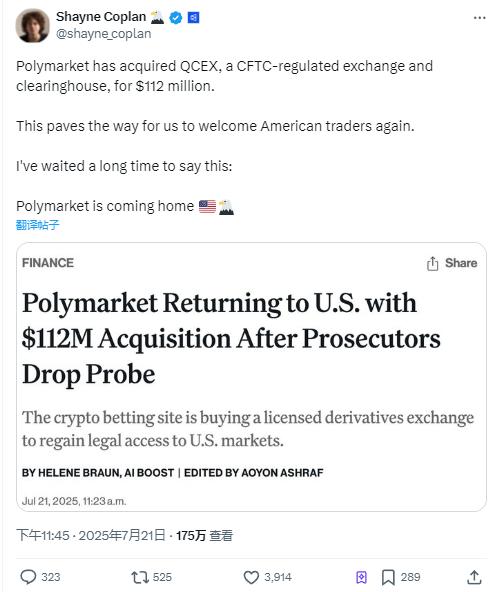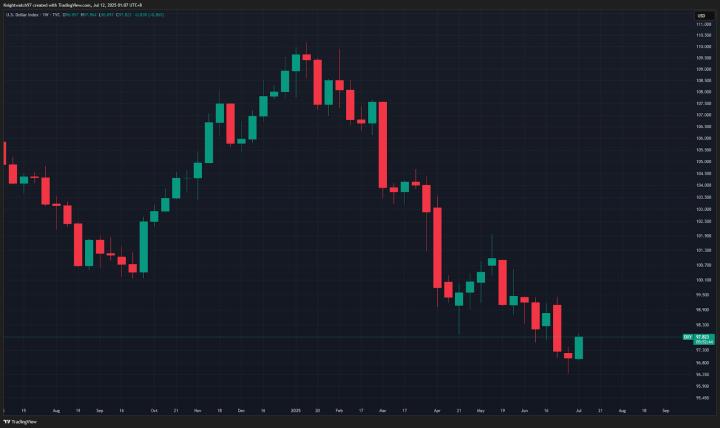As more and more US-listed companies announce their transformation into "crypto reserve strategy" enterprises, claiming to buy and hold tokens as core financial allocation, this trend has successfully attracted investors' attention. However, behind the seemingly integration of crypto and traditional finance, there are layers of risks, from founders' left-hand-to-right-hand exchanges to venture capital's cash-out actions, ultimately becoming a capital game where retail investors foot the bill.
Table of Contents
ToggleExchanging Tokens for Stocks: From Founders to Investors All Engaging in "Left-Hand-to-Right-Hand" Transactions
Yesterday, The Ether Machine, Inc. (NASDAQ: ETHM), operated by Ethereum veteran Andrew Keys and ConsenSys members, and funded by VCs like Pantera and Kraken, publicly announced that it would become the world's largest Ethereum public investment vehicle.
(The Ether Machine Announces Listing: Led by Pantera Capital, Backed by Over $1.5 Billion in Funding)
However, examining ETHM's new stock subscription financing of over $800 million, it is primarily based on founder Andrew Keys' early accumulated 169,000 ETH (approximately $645 million), "investing" in his own founded company, issuing new stocks in exchange, and simultaneously completing investment, fundraising, and ETH purchase.
In other words: "The ETH is his own, the additional issued stocks are also his own, and finally announcing the completion of fundraising."
This is similar to the $200 million equity credit agreement between Mercurity and Solana Ventures yesterday, where the Solana official fund can subscribe to stocks at preferential prices, and Mercurity can obtain funds or directly allocate SOL.
(US Stock Mercurity Fintech Claims to Build SOL Treasury with Solana Ventures, Solana Ventures Denies)
This operation seems to require no concealment and has even become a tacit play in the recent "US stock backdoor transformation" trend.
Stock-Token Binding and Doubled Risks: Stock and Token Prices Linked as an Unexploded Market Bomb
These crypto reserve companies tightly bind their stock tickers with cryptocurrencies, seemingly creating a myth where stock prices would rise with token prices, but in reality, it's a doubled leverage on market volatility, and perhaps the two won't be significantly linked. MicroStrategy's recent performance is the best proof.
(Despite Bitcoin Hitting New Highs, Why Isn't MicroStrategy (MSTR) Moving?)
In fact, many Ethereum reserve companies have become major decline areas, with most having doubled within a month, but including BMNR, SBET, BTBT, and BTCS, they have all fallen 75%, 35%, 25%, and 27% from their peaks.

These declines are not due to deteriorating corporate operations and have nothing to do with ETH's recent stellar performance. The reasons may be partly due to the cooling of hype and partly due to hidden relationships with crypto venture capitals (VCs).
US Stock Market Becomes a Good Exit for VCs: Full Hype and Cash-Out Chain
Market observer @_FORAB discovered that these cases often have the shadow of large venture capital firms or market makers. For example, Pantera Capital not only appears in multiple cases like BMNR, SBET, and ETHM but also participated in the latest Ethena ENA reserve company StablecoinX acquisition case (originally TLGY).
The entire model seems to have a cash-out template:
VCs hold many tokens (BTC, ETH, or SOL, etc.)
Acquire a US-listed company and "invest and take equity" with their own tokens
The company issues stocks at a discount to VCs and releases press releases announcing transformation into a crypto reserve company
After a market hype, cash out from US stocks at the stock price peak
Looking back at the recent sluggish performance of many crypto project tokens, this full-chain cash-out strategy has become the profit exit for current VCs, and those truly paying the bill are US stock investors blinded by FOMO and unable to see the truth.
Crypto Reserve Companies' Fever: Just a Wealth Transfer, How Long Can the US Stock Market Sustain It?
On the surface, these crypto reserve companies are trying to inject crypto assets into themselves to keep up with capital narratives, but in reality, this is an asset transfer operation conducted by VCs in collaboration with US stock companies. They invest at near-zero cost, packaging themselves as potential and valuable through corporate transformation, and then exit with market hype and investor profits.
However, the end of this financial game may still be a predictable outcome. Capital players choosing to exit from US stocks, once the market's absorption capacity weakens or attracts regulatory scrutiny, could signal the prelude to a bubble burst.
Risk Warning
Cryptocurrency investment carries high risks, with potentially significant price volatility. You may lose all your principal. Please carefully assess the risks.
Polymarket, an on-chain prediction market that previously withdrew from the US due to regulatory issues, is now preparing to return. The company recently announced the acquisition of QCEX, a US-licensed derivatives exchange, for $112 million, thereby obtaining a regulatory legal position and hoping to reopen participation for US users in prediction market trading.
Table of Contents
TogglePolymarket Invests $112 Million to Acquire US-Licensed Exchange QCEX
Online gaming platform Polymarket announced that it has invested $112 million to acquire QCEX, a US-licensed derivatives exchange, paving the way for its return to the US market after a hiatus of over two years.
In 2022, Polymarket was fined $1.4 million and required to block US users for violating CFTC regulations by providing unregistered binary options products. Last week, the US Department of Justice and CFTC also announced the conclusion of their investigation into the platform after several months.
By acquiring this CFTC-regulated derivatives exchange and clearing institution based in Florida, Polymarket has successfully regained its US entry ticket.
Founder Shayne Coplan stated: "This is the first step to bring Polymarket home. We will operate legally and compliantly, allowing Americans to express their views through trading."
Market Heat Intensifies: Crypto.com and Kalshi Take the Lead
Polymarket's return faces a competitive landscape, with two players already positioning themselves in the prediction market. Crypto.com launched a prediction platform in May, while Kalshi has partnered with Robinhood to offer prediction contracts covering economic data, politics, and climate topics.
(Robinhood Teams Up with Kalshi to Launch Prediction Market Features, Focusing on Politics, Economy, and Sports)
Competition is also reflected in the capital market. Kalshi completed a funding round of $185 million in June, led by Paradigm, with a valuation of up to $2 billion; Polymarket raised $200 million through funding led by Peter Thiel's Founders Fund, with a valuation of $1 billion, indicating investors' keen interest in the prediction market's potential.
Prediction Market's Potential and Risks: Crowd Wisdom or Borderline?
Prediction markets are called "financial expression tools of crowd wisdom," able to reflect public views on future events through market pricing, potentially aiding in political and economic trend predictions. From US elections to World Cup betting, their scale and user engagement are significant.
(Prediction Market × Web3: From Speculative Game to Truth Engine, Social Media Faces a New Revolution)
However, such markets often face regulatory scrutiny and inherent risks of manipulation and information asymmetry.
Polymarket's return to the US requires careful navigation between "prediction gambling" and "market manipulation." After all, multiple event resolution disputes involving its third-party oracle protocol UMA have long been a point of criticism.
(Gambling or Truth? Polymarket Prediction Market Accused of Manipulation, "UMA Whale" Sparks Trust Crisis)
Risk Warning
Cryptocurrency investment carries high risks, with potentially significant price volatility. You may lose all your principal. Please carefully assess the risks.







